US electric vehicle manufacturing giant Tesla has been ordered by the Bay Area Air Quality Management District to clean up its air pollution at a Fremont facility.
The air quality board on Tuesday said that Tesla has racked up 112 violations of illegal air pollution since 2019 that allegedly released hundreds of pounds of toxic emissions into the atmosphere over the five-year period.
Air Hearing Board
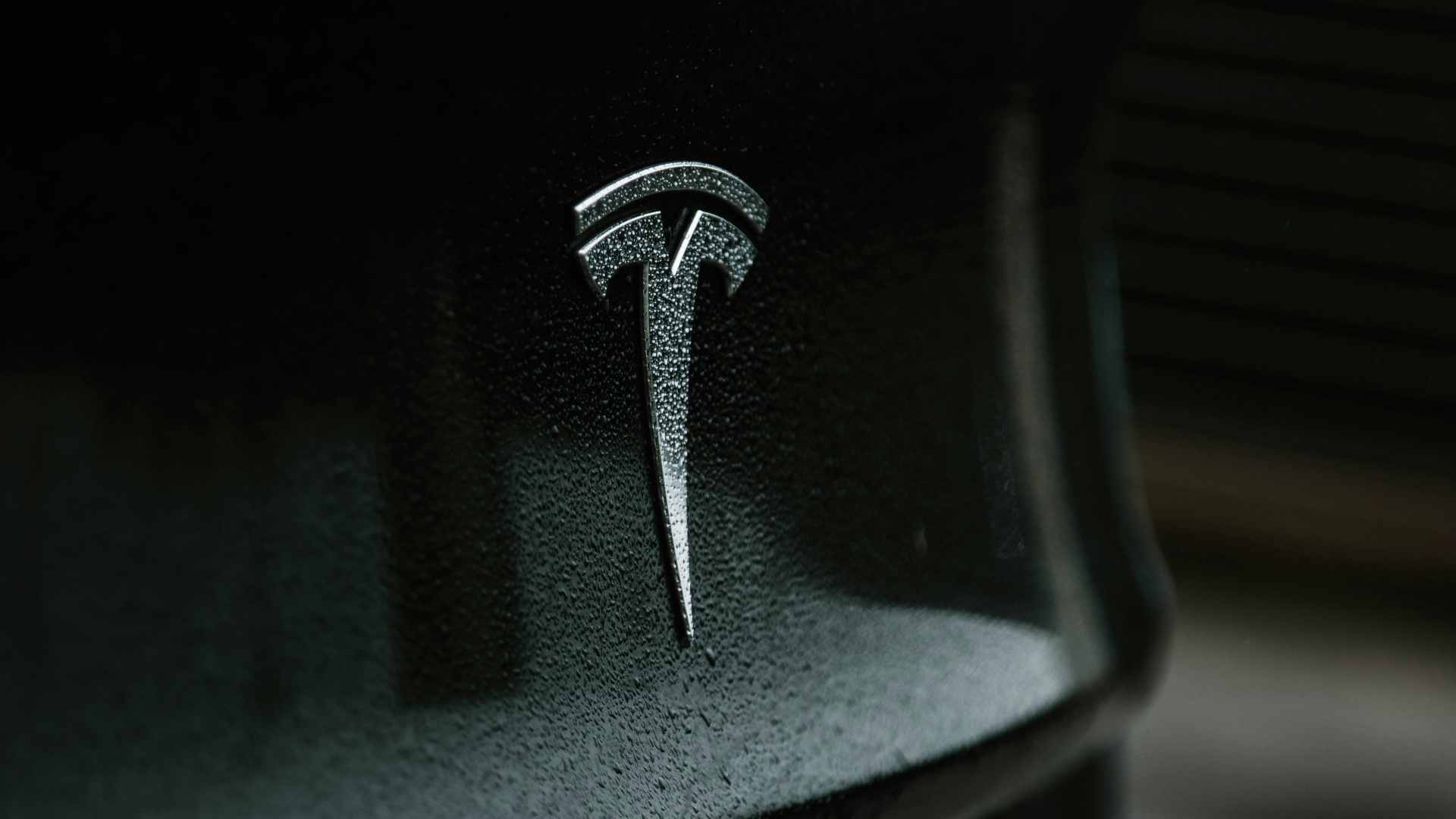
This week, the air quality board governing the Bay Area announced a written order demanding that Tesla take steps to address an alleged pollution issue that is affecting air quality.
“Tesla has emitted harmful precursor organic compounds and toxic air contaminants directly into the atmosphere without proper abatement, resulting in over 112 Notices of Violation since 2019. Each of these violations can emit hundreds of pounds of illegal air pollution, according to some estimates. The violations are frequent, recurring and can negatively affect public health and the environment,” said the board’s statement.
Risk to Public Health

Executive officer of the Air District Hearing Board Dr. Philip Fine asserted that Tesla’s actions risked consequences on public health as justification for the issuing of the written order.
“Tesla’s ongoing violations at their Fremont facility pose a risk to public health and air quality in the surrounding community,” said Fine. “This order is crucial to ensure that Tesla takes prompt and effective action to stop harmful emissions and comply with all air quality regulations to protect the health of those living near the facility.”
Two-Step Process

To comply with the new order, Tesla will be required to follow a two-step process.
The first part of the process will require them to hire a third-party consultant who will make recommendations for a plan to get Tesla back on track, which the Air District Hearing Board must Approve.
Execute the Plan
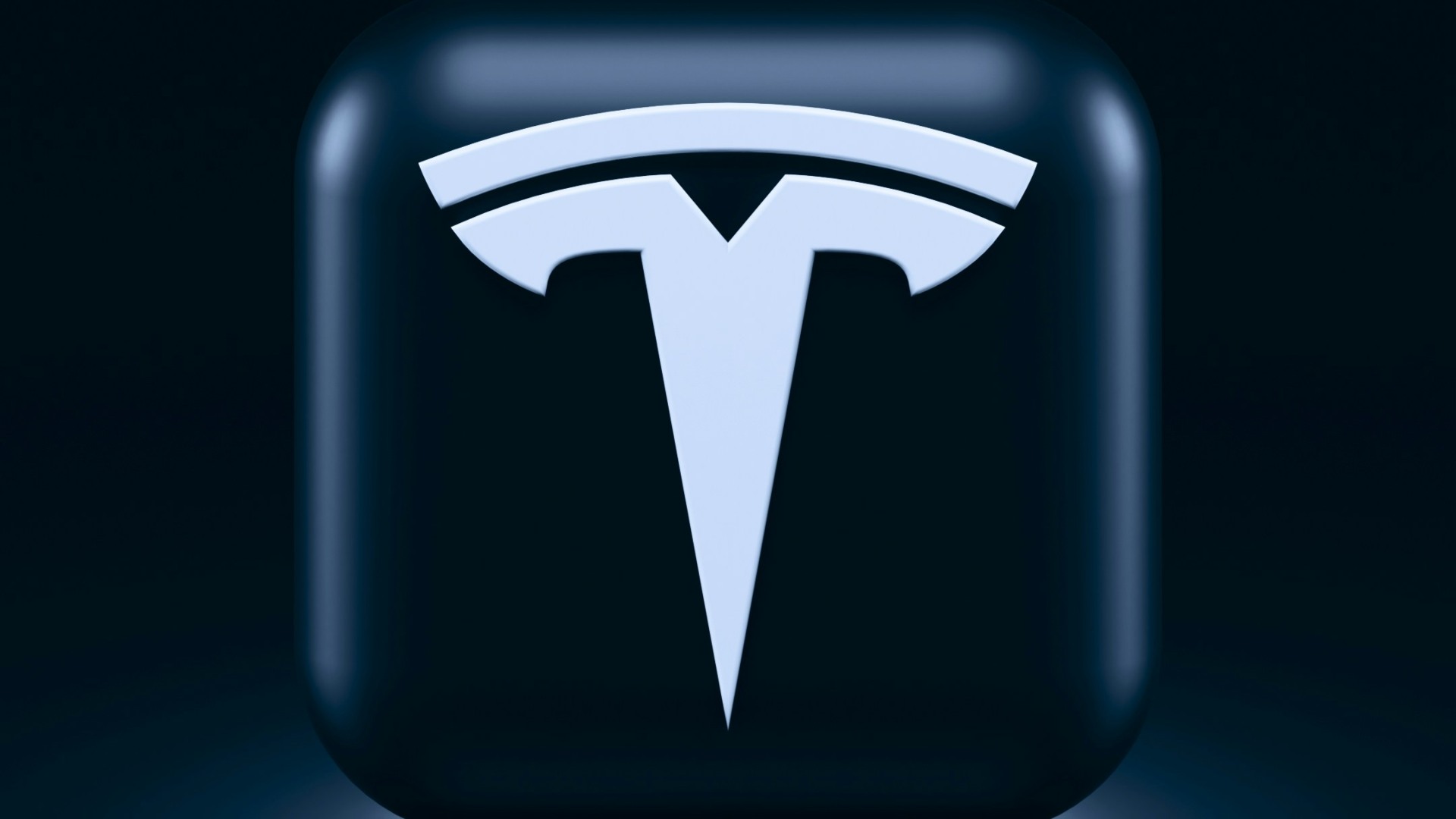
The second phase of the order’s requirements involves Tesla executing this plan and effectively stopping the “avoidable release of uncontrolled emissions, except where it may be absolutely necessary for safety reasons.”
Tesla will need to comply with both of these steps to satisfy the Air Quality Board’s written order.
Cause of the Violations
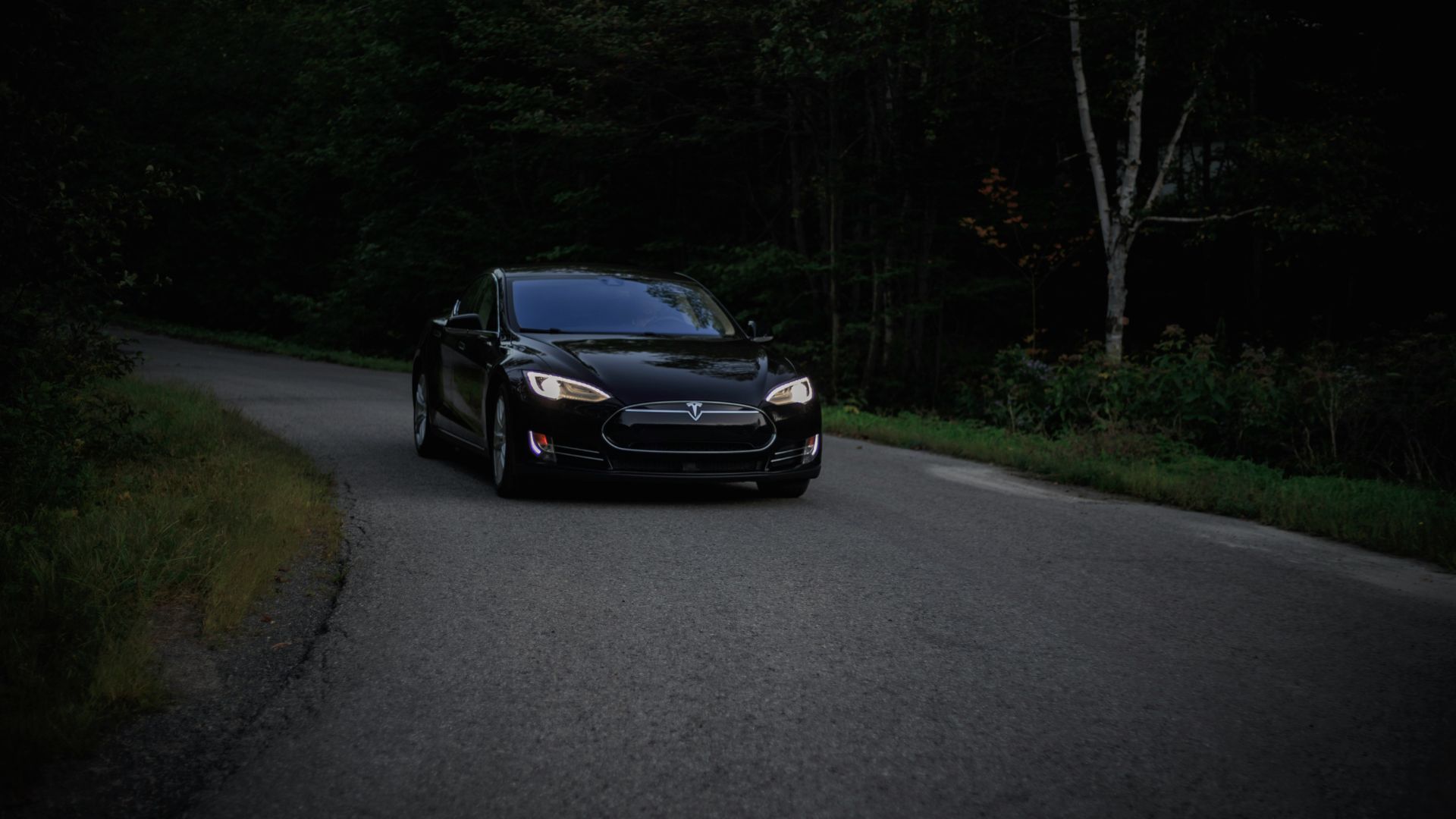
According to the Bay Area Air Quality Management District, Tesla has had “recurring violations” that stem from a variety of issues.
“Tesla’s thermal oxidizer or related components of the abatement system break down repeatedly and Tesla’s system design causes emissions to automatically be vented directly into the atmosphere without proper abatement as a result, even when abatement can still be done,” said the order press statement.
Risk to the Atmosphere

According to a 2021 study, EVs release more carbon emissions during the manufacturing phase than vehicles powered by an internal combustion engine.
Reportedly, over 4 tons of CO2 are released during the production process of a single electric car, and it takes 8 years to offset the emissions it is preventing by not running on gasoline.
Previous Court Judgment
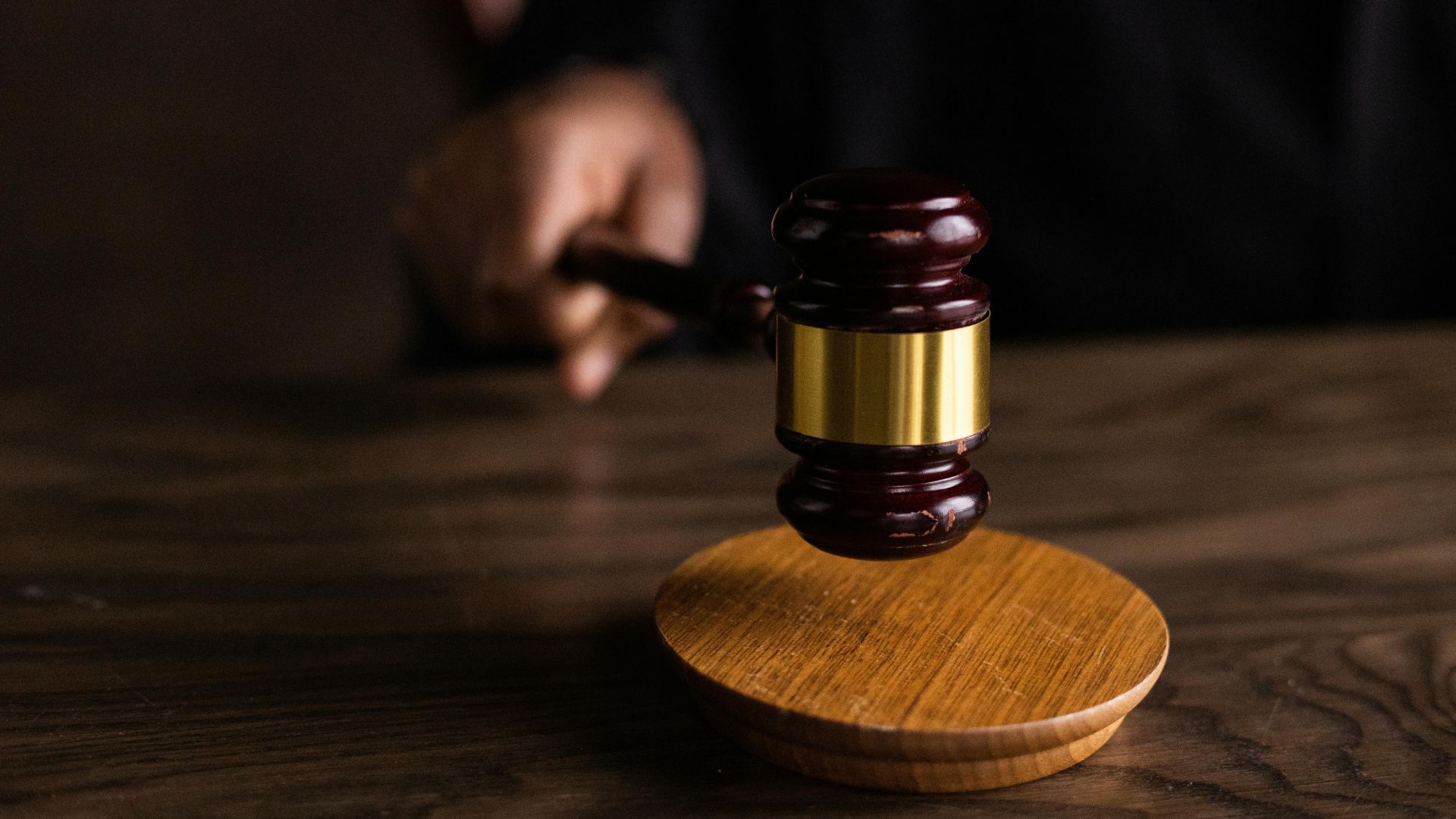
This isn’t the first time Tesla has gotten in trouble for alleged mishandling of pollution and waste from its operations.
In February, a judge in California ordered Tesla to pay $1.5 million in a civil case settlement where it was alleged that hazardous waste at its car service centers, energy centers, and a factory were being improperly handled.
EVs and Waste
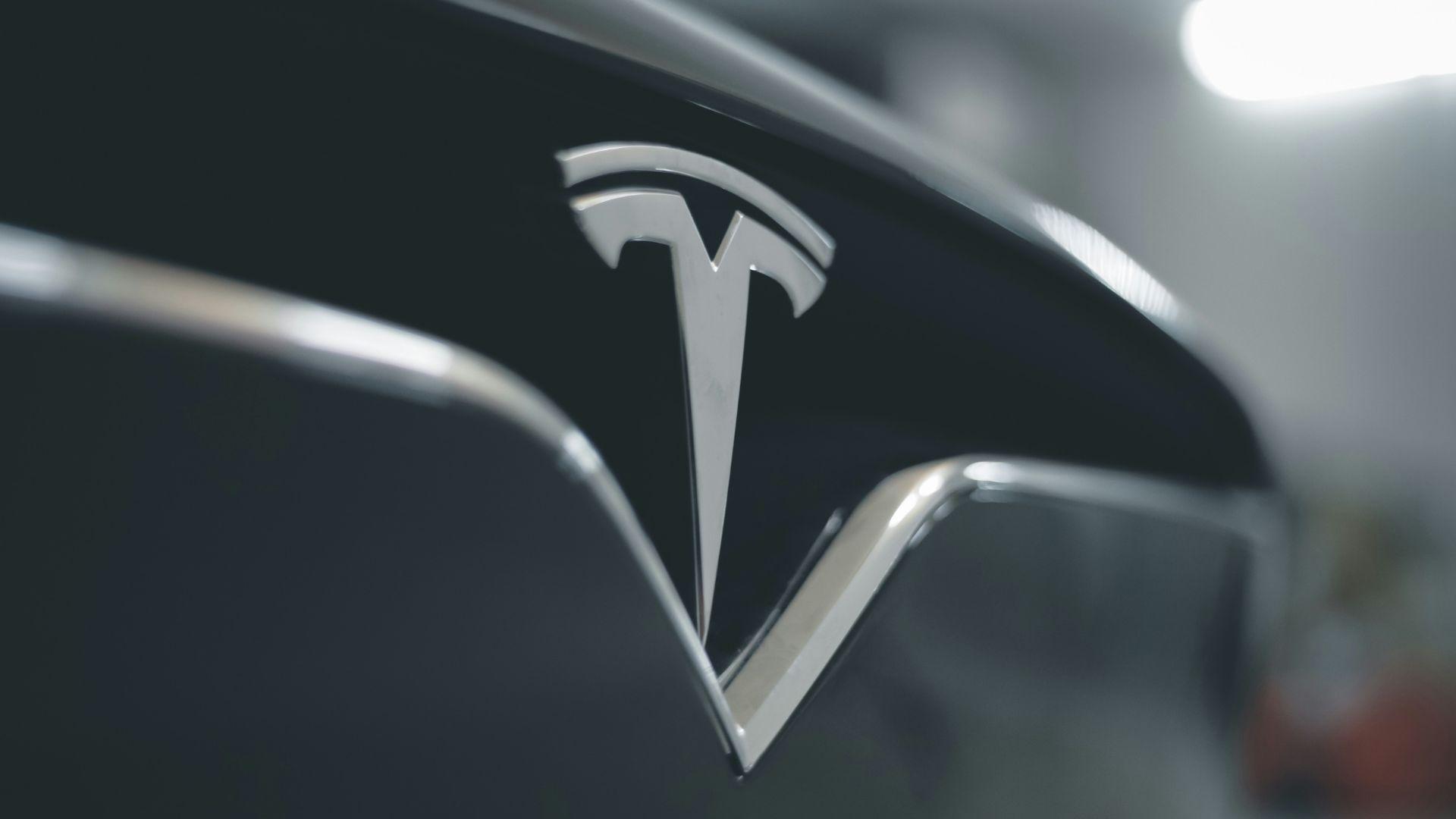
While electric vehicles are often praised for being forward-looking when it comes to saving the environment, the truth is that their production, use, and disposal also contribute to environmental harm.
“Electric vehicles play a role in environmental betterment, yet it’s imperative to recognize that their production and maintenance yield detrimental waste,” said San Joaquin County District Attorney Ron Freitas.
Another Recent Suit
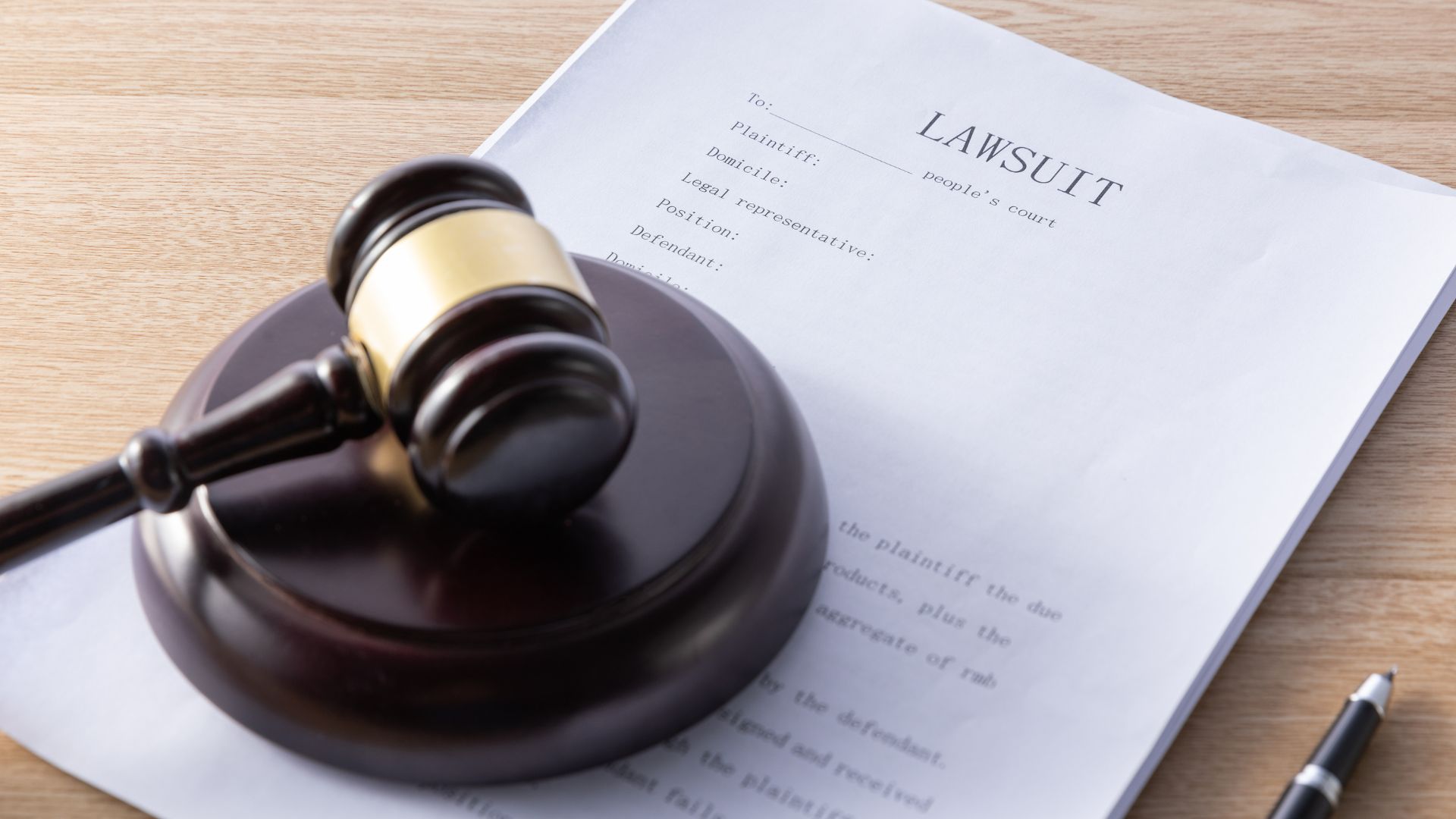
In May, Tesla was sued in California over allegations that it was not meeting proper clean air standards at its Fremont EV plant.
“For years now, Tesla has been violating the Clean Air Act while only getting small slaps on the wrist from the various regulators,” said Environmental Democracy Project Executive Director Tanya Boyce. Environmental Democracy Project was behind the suit’s filing.
Affecting Breathing

Possible toxic air particulates and organic compounds from EV production being released into the local atmosphere can cause health complications for nearby residents.
“We have members who live within a mile or so of the facility, who have smelled the air and seen affects to their own breathing that they believe are associated with the violations,” Boyce said.
Taking Action
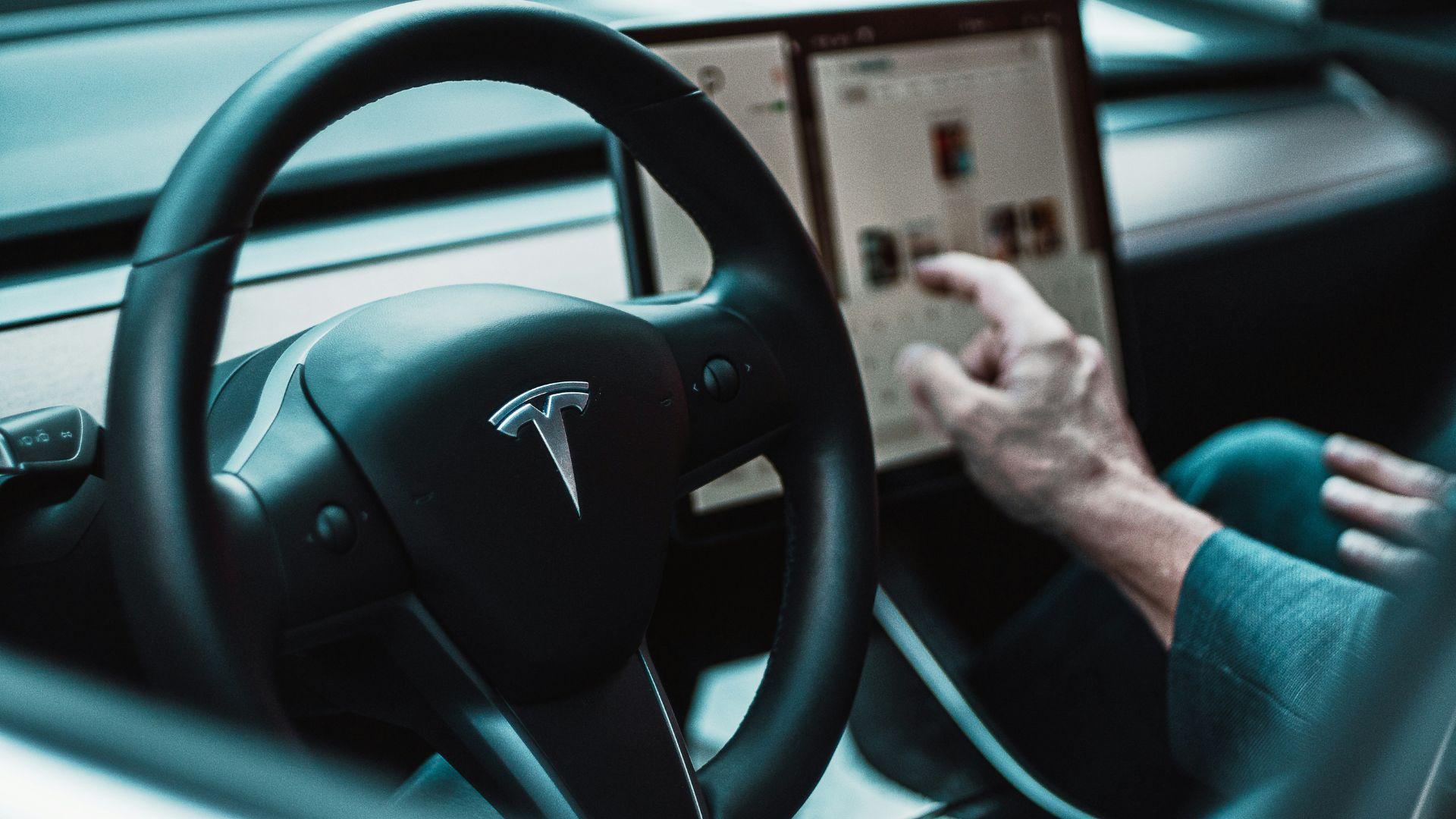
The direct effects of pollutants being released into the air are not always immediately noticeable and identifiable, making it tricky to diagnose their harms.
“As an automobile company they should really be good to the environment,” Fremont resident Prithvi said. “If something’s affecting the air they definitely should take action.”
